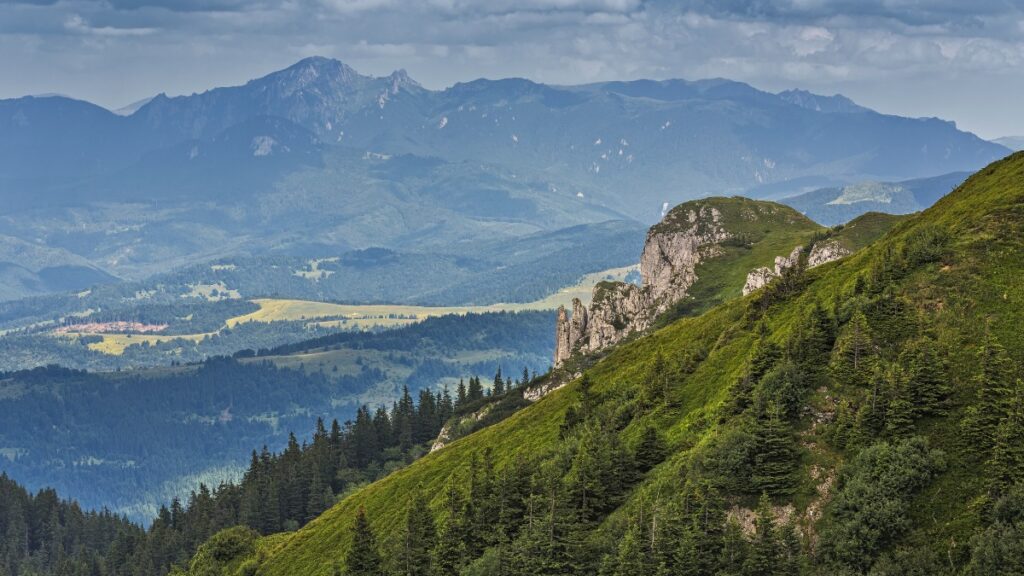This post may contain affiliate links. At no cost to you, purchases made through these links may result in a small commission for Traveling Transylvania. We never recommend products that we don’t know and trust. Thank you for your continued support!
Transylvania: a name that immediately conjures images of mist-shrouded castles, mythical creatures, and a history teeming with intrigue. Nestled in the heart of Romania, Transylvania is steeped in centuries of history, with narratives that are as captivating as the stunning landscapes. Yet, behind the folkloric veil of the infamous Count Dracula lies a history much more mesmerizing. Welcome to the extraordinary journey through Transylvania history, an expedition that will traverse prehistoric settlements, Roman conquests, medieval kingdoms, Ottoman rule, grand monarchies, world wars, and up to the contemporary times.
This voyage into the past is not for the faint-hearted, for Transylvania’s history is a labyrinth of endless tales, myths, and captivating facts. So, buckle up. We’re about to take a leap into a past as rich and layered as the very soil of Transylvania.
- The Early Days: Prehistory and Antiquity
- Medieval Transylvania: The Land of Many Kingdoms
- Transylvania under Ottoman Rule and the Habsburg Monarchy
- Transylvania in the 19th Century and World War I
- Transylvania in the 20th Century: World War II and Communist Rule
- Transylvania Today: A Modern Tapestry of Cultures
- The Enduring Allure of Transylvania
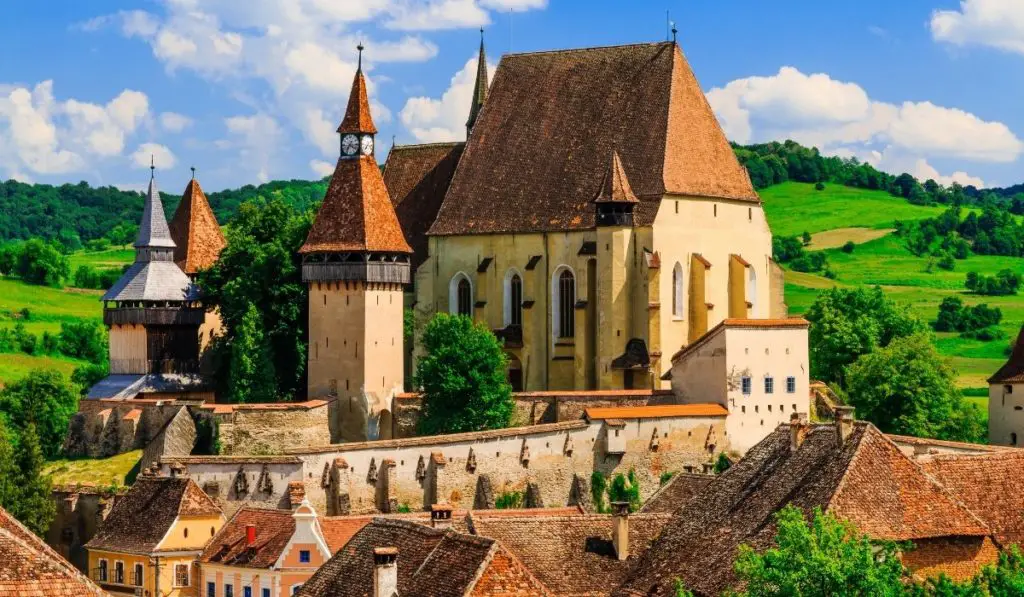
The Early Days: Prehistory and Antiquity
The early days of Transylvania lay the groundwork for an intricate tapestry of events that, over the centuries, forged the unique cultural, linguistic, and historical identity of this fascinating region.
The Prehistoric Puzzle of Transylvania
Delving into the ancient history Transylvania offers, we discover that this land has been inhabited since prehistoric times. Evidence of human life here can be traced back to the Middle Paleolithic era, as archaeologists have unearthed tools and artifacts dating back approximately 100,000 years. The cave known as “Peștera cu Oase,” or the “Cave with Bones,” is a particularly notable site. Here, the oldest modern human remains in Europe were discovered, indicating that Transylvania was a cradle for early human civilization.
The Dacians: Transylvania’s Ancient Inhabitants
As we navigate further through the history of Transylvania, we encounter the ancient Dacians, the area’s predominant inhabitants before Roman conquest. The Dacians, considered a brave and mighty warrior culture, thrived during the Iron Age. Their society was highly organized, with impressive fortifications like Sarmizegetusa Regia serving as evidence of their architectural prowess.
The Dacians’ flourishing civilization was rich with culture and spirituality, worshipping deities like Zalmoxis, a god of life and death. The nobles of Dacia, known as “tarabostes,” lived in fortified cities and citadels, while the common people—”comati”—dwelled in scattered rural areas.
The Roman Conquest and the Formation of Dacia
The history of Transylvania took a dramatic turn around 106 AD, when the region came under the control of the mighty Roman Empire. After two brutal wars led by Emperor Trajan against the Dacian king Decebalus, Dacia—now encompassing modern-day Transylvania and parts of surrounding regions—became a Roman province.
This period brought significant transformations to Transylvania. The Romans introduced new architectural techniques, advanced mining operations, and constructed a network of roads and fortresses. Latin, the language of the Romans, gradually permeated Dacia, leading to the development of the Romanian language.
The Great Migration Period
The migration period, a time of significant human movement across Europe from the 4th to 6th centuries AD, saw numerous tribes like the Goths, Huns, and Gepids sweep through Transylvania. This tumultuous period marked the end of Roman rule, and the land of Transylvania changed hands multiple times, leading to a rich blend of cultures and influences that would shape the course of its future.
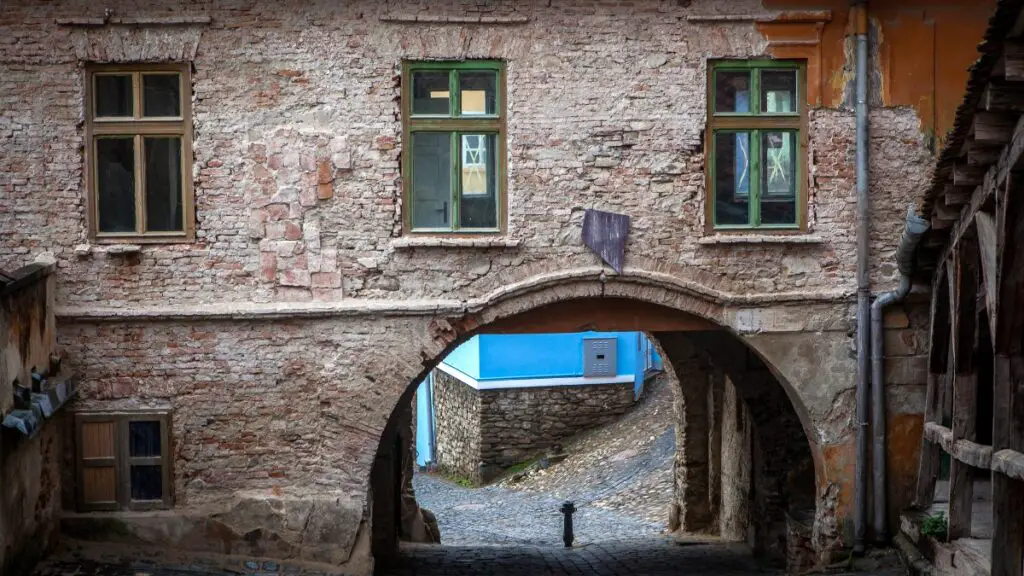
Medieval Transylvania: The Land of Many Kingdoms
The journey through medieval Transylvania is a voyage across fluctuating borders, emerging kingdoms, diverse cultures, and religious shifts. This era left an indelible imprint on the region, shaping its future in innumerable ways.
Transylvania under the Kingdom of Hungary
As we venture further into Transylvania Romania history, the Middle Ages present a significant era of transformation. In the 11th century, Transylvania was integrated into the Kingdom of Hungary. This period was marked by the arrival of the Saxons, a Germanic people invited to Transylvania by the Hungarian kings to fortify the southeastern borders of their realm. The Saxons established themselves in “Siebenbürgen,” the region now known as the Transylvania Plateau, where they erected fortified churches and towns, many of which still stand today.
The Mongol Invasion: A Time of Turmoil
The peace was shattered in the 13th century when the Mongols stormed into Europe. Their invasion left a path of destruction across Transylvania, compelling the inhabitants to adapt their architectural style to include defensive structures. It’s during this period that the famous fortified churches and castles, synonymous with Transylvania, began to rise.
The Birth of the Principality of Transylvania
By the end of the 13th century, Transylvania began to gain more autonomy, eventually becoming a fully-fledged principality in the 16th century. The region was divided among the “Three Nations” – the Székelys, the Saxons, and the Magyars, with a significant population of Romanians, who, however, were not recognized politically.
This era witnessed a myriad of rulers, fluctuating allegiances, and religious changes, with the Protestant Reformation finding a receptive audience among the Transylvanian nobility. Despite the political turmoil, it was also a period of cultural and architectural development, further contributing to the rich historical tapestry of Transylvania.
Transylvania and the Ottoman Empire
The late Middle Ages saw the Ottoman Empire’s ascendency, posing a constant threat to Transylvania. Yet, due to its strategic location and fortifications, Transylvania maintained a semi-independent status as an Ottoman vassal state, continuing to pay tribute to the Hungarian crown. This period was a delicate balancing act for Transylvania, maneuvering between the Ottoman and Habsburg forces, contributing to its diverse cultural and historical heritage.
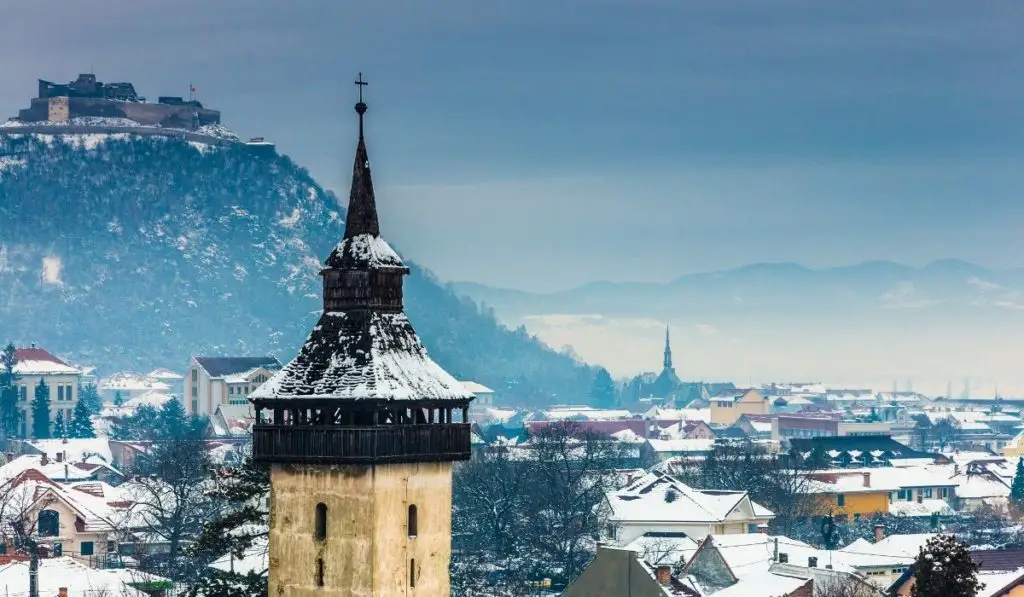
Transylvania under Ottoman Rule and the Habsburg Monarchy
Navigating through the history of Transylvania during the Ottoman and Habsburg periods, we witness a region transformed by cultural exchanges, religious freedom, power struggles, and social upheaval. The legacy of this era is still evident today in the region’s rich architectural heritage, religious diversity, and cultural traditions.
Navigating Between Powers: The Ottoman Era
As the Middle Ages gave way to early modern times, Transylvania found itself in a precarious position on the geopolitical map. Despite the growing influence of the Ottoman Empire, Transylvania managed to retain a significant degree of autonomy, skillfully balancing between the ambitions of the Ottomans and the Habsburgs. Its status as a Principality under Ottoman suzerainty continued from the late 16th century until the late 17th century.
During this time, Transylvania saw a cultural and religious freedom unusual for the period. The Diet of Torda in 1568 declared religious freedom for the Catholic, Lutheran, Calvinist, and Unitarian faiths, a move quite progressive for the era.
The rule of the Báthory family was particularly notable during this period, with Stephen Báthory later becoming King of Poland and Grand Duke of Lithuania. Transylvania’s political influence and cultural richness continued to grow, and it became a crucial player in the power struggles of Eastern Europe.
Under the Habsburg Monarchy
The history of Transylvania took a dramatic turn at the end of the 17th century. The Ottoman influence waned after their defeat at the Battle of Vienna in 1683, and by 1699, Transylvania was recognized as part of the Habsburg Monarchy under the Treaty of Karlowitz.
During Habsburg rule, Transylvania underwent numerous changes. The region saw an influx of new settlers from the German-speaking lands, altering the demographic makeup. The period also witnessed a process known as the “Counter-Reformation,” an attempt by the Catholic Church to regain its influence, which led to a rise in Catholic conversions.
Yet, the Habsburg rule wasn’t without challenges. The early 18th century was marked by rebellions led by the Romanian and Hungarian peasants against the Habsburgs’ harsh policies. Despite these uprisings, the Habsburgs retained control, further solidifying their influence and leaving an indelible mark on Transylvania’s culture and society.
The 18th century also marked significant developments in the social and economic spheres. Cities like Cluj, Brasov, and Sibiu grew in importance as economic and cultural hubs, contributing to the region’s unique identity.
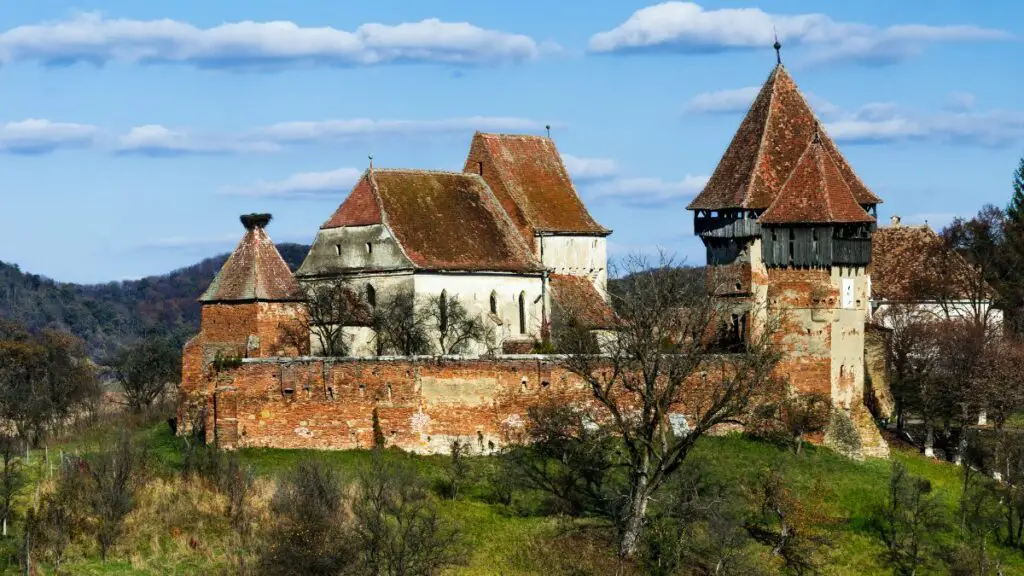
Transylvania in the 19th Century and World War I
The 19th century and the events of World War I played a profound role in molding Transylvania’s political, social, and cultural landscapes.
The Awakening of National Identity
As we cross into the 19th century in our journey through the history of Transylvania, the winds of change were beginning to stir. This period saw the national awakening of Romanians, inspired by the European-wide Revolutions of 1848. Romanian intellectuals and leaders in Transylvania began to demand equal political rights with the other recognized “nations”. A wave of Romanian nationalism swept through the region.
Simultaneously, the Hungarian Revolution of 1848 led to the Hungarian declaration of independence from the Habsburg Empire. This led to a tumultuous year marked by conflicts between the Hungarians and the Habsburg monarchy, as well as between Romanians and Hungarians in Transylvania.
The Austro-Hungarian Compromise
The balance of power shifted again in 1867 with the Austro-Hungarian Compromise. Austria and Hungary created a dual monarchy. Transylvania was officially annexed to Hungary. A period of “Magyarization” began. Efforts were made to assimilate minorities, including Romanians, into Hungarian culture.
Despite these measures, the national consciousness among the Romanian population continued to grow. This period saw the formation of the first Romanian political party in Transylvania. The Romanian National Party became a testament to the burgeoning national sentiment.
World War I and the Union with Romania
The history of Transylvania took another dramatic turn with the outbreak of World War I. The defeat of the Central Powers, which included Austria-Hungary, set the stage for a radical reshaping of Europe’s political landscape.
Following the war, the Romanian majority in Transylvania expressed their desire for union with the Kingdom of Romania. In December 1918, the assembly in Alba Iulia voted in favor of the union with Romania, realizing the Great Union. The Treaty of Trianon in 1920 sealed this decision internationally, marking a pivotal moment in Transylvania’s history.
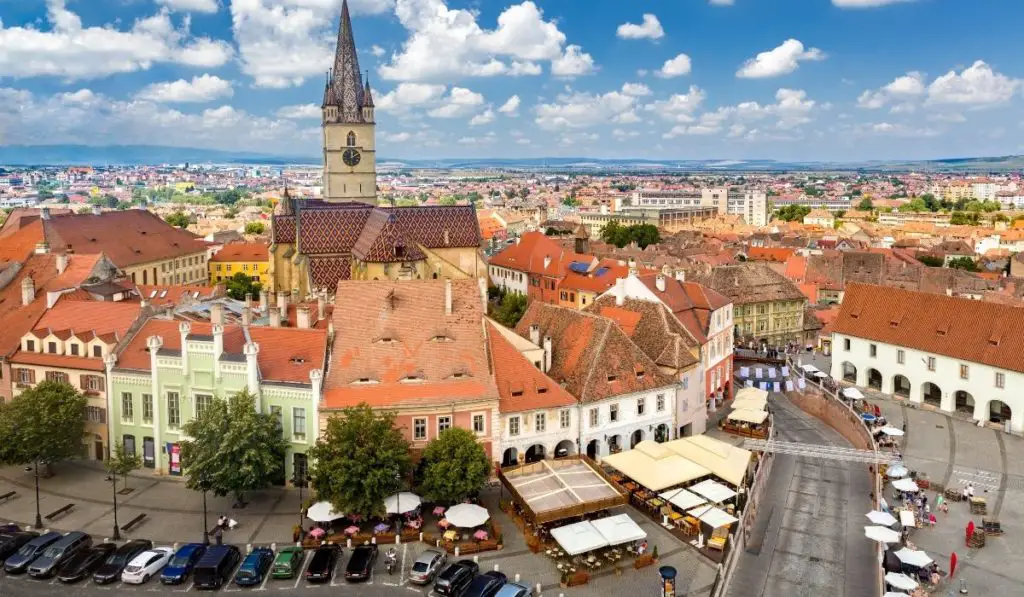
Transylvania in the 20th Century: World War II and Communist Rule
Between the Wars: The Interwar Period
In the aftermath of World War I and the union with Romania, Transylvania entered a period of significant change. The interwar years were marked by a concerted effort to integrate Transylvania into the Romanian state. Despite the attempts to Romanianize Transylvania, the region retained its distinctive multiethnic character. There still remains a vibrant mix of Romanian, Hungarian, German, and Romani cultures.
Yet, the harmony was not to last. As Europe slid towards another World War, Transylvania found itself once again in the eye of the storm.
World War II and Transylvania
The history of Transylvania during World War II is fraught with political maneuvering and territorial disputes. The Second Vienna Award in 1940, arbitrated by Nazi Germany and Fascist Italy, saw Northern Transylvania returned to Hungary. This led to a division of Transylvania that would last until the end of the war, with significant implications for the people living in the region.
As World War II ended, the boundaries of Europe were once again redrawn. The Paris Peace Treaties in 1947 confirmed the return of Northern Transylvania to Romania. The post-war period saw a significant shift in the ethnic makeup of Transylvania. Many Germans and Jews departed due to the war and the Holocaust.
Under the Shadow of the Iron Curtain: Communist Rule
The end of World War II saw another shift in the history of Transylvania. As Romania fell under Soviet influence, it transitioned into a communist state. Under this regime, Transylvania underwent significant changes, marked by industrialization, urbanization, and forced collectivization of agriculture.
During the communist era, all religious, cultural, and political organizations were brought under state control. Ethnic tensions were often downplayed as class struggle was emphasized, reflecting the Marxist ideology. Yet, despite the official rhetoric of socialist brotherhood, the ethnic diversity of Transylvania continued to cause tensions and conflicts.
The 1989 revolution marked the end of communist rule in Romania, paving the way for a new era. As we continue to traverse the riveting journey of Transylvania’s history, the effects of these historical upheavals on contemporary Transylvania become clearer.
Transylvania in the 20th century witnessed a tumultuous journey, marked by the horrors of war, shifting borders, and radical political changes. Each of these events has left a profound impact on the region, shaping the Transylvania we know today. The tale of Transylvania’s past is a captivating saga that reflects the broader narrative of European history in its many facets, illuminating the unique character of this mesmerizing region.
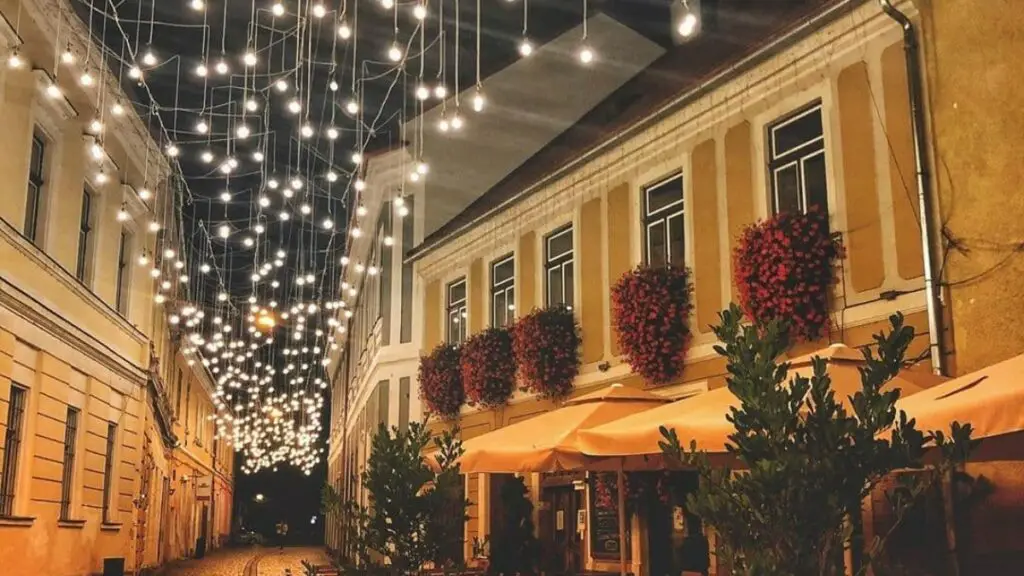
Transylvania Today: A Modern Tapestry of Cultures
The history of Transylvania is a captivating tale of resilience and cultural richness. It’s a testament to the region’s enduring spirit and its ability to adapt and thrive through centuries of change. From its ancient roots to its modern reality, the story of Transylvania continues to captivate and intrigue, a timeless narrative that spans the annals of European history.
From Revolution to European Integration
With the fall of communism in 1989, Romania, including Transylvania, embarked on a challenging transition to a market economy and democratic rule. The changes of the 1990s were often turbulent, with economic hardship and political instability.
Yet, despite these hurdles, the country made significant strides towards integration with the West. Romania’s accession to NATO in 2004 and the European Union in 2007 marked important milestones in this journey. Today, Transylvania, as part of Romania, is a vibrant region experiencing steady economic growth, improved living standards, and increasing international recognition.
The Cultural Mosaic of Modern Transylvania
Despite the tumultuous history, or perhaps because of it, Transylvania today is a remarkable blend of cultures, languages, and traditions. Romanian, Hungarian, and German influences intermingle, creating a rich tapestry of cultural heritage that is reflected in everything from architecture and cuisine to music and festivals.
The enchanting landscapes, medieval castles, and fortified churches attract visitors from around the world, making Transylvania a key tourist destination. The region’s multi-layered history continues to be a source of fascination, drawing historians and curious travelers alike to explore the many facets of its intriguing past.
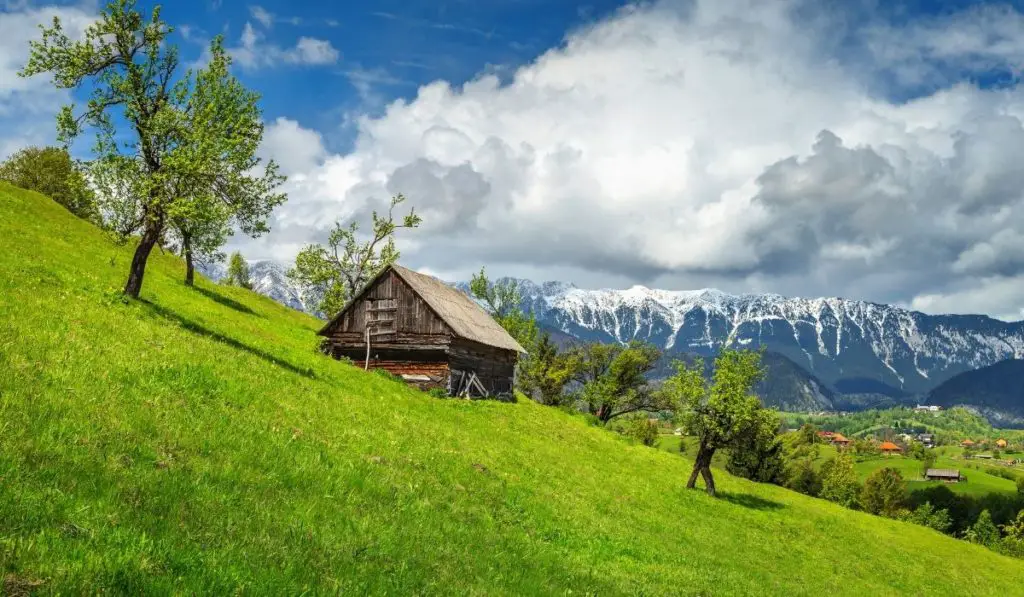
The Enduring Allure of Transylvania
As we conclude this fascinating voyage through the history of Transylvania, it becomes evident that Transylvania’s allure lies not only in its picturesque landscapes and legendary myths but also in its rich and complex past. It is a region where history is alive, whispering tales of ancient tribes, powerful empires, cultural transformations, and resilient communities.
From the Dacians to the Romans, from medieval feudal lords to the influence of the Ottomans and Habsburgs, from the dark days of communism to the optimism of European integration – every epoch has left its imprint on this unique region.
The history of Transylvania, like a beautifully woven tapestry, is a vivid blend of different threads. Each represents a distinct era, a unique culture, and a particular way of life. It serves as a living testament to the region’s resilience, its capacity for renewal, and its continued relevance in the modern world. Transylvania, with its multifaceted history, stands as a symbol of Europe’s complex and enduring tapestry of cultures and histories.
Through understanding the history of Transylvania, we gain not only a deeper appreciation for this specific region but also a broader understanding of the forces that have shaped Europe and continue to influence it today. The story of Transylvania serves as both a fascinating historical narrative and a compelling exploration of our shared European heritage.

